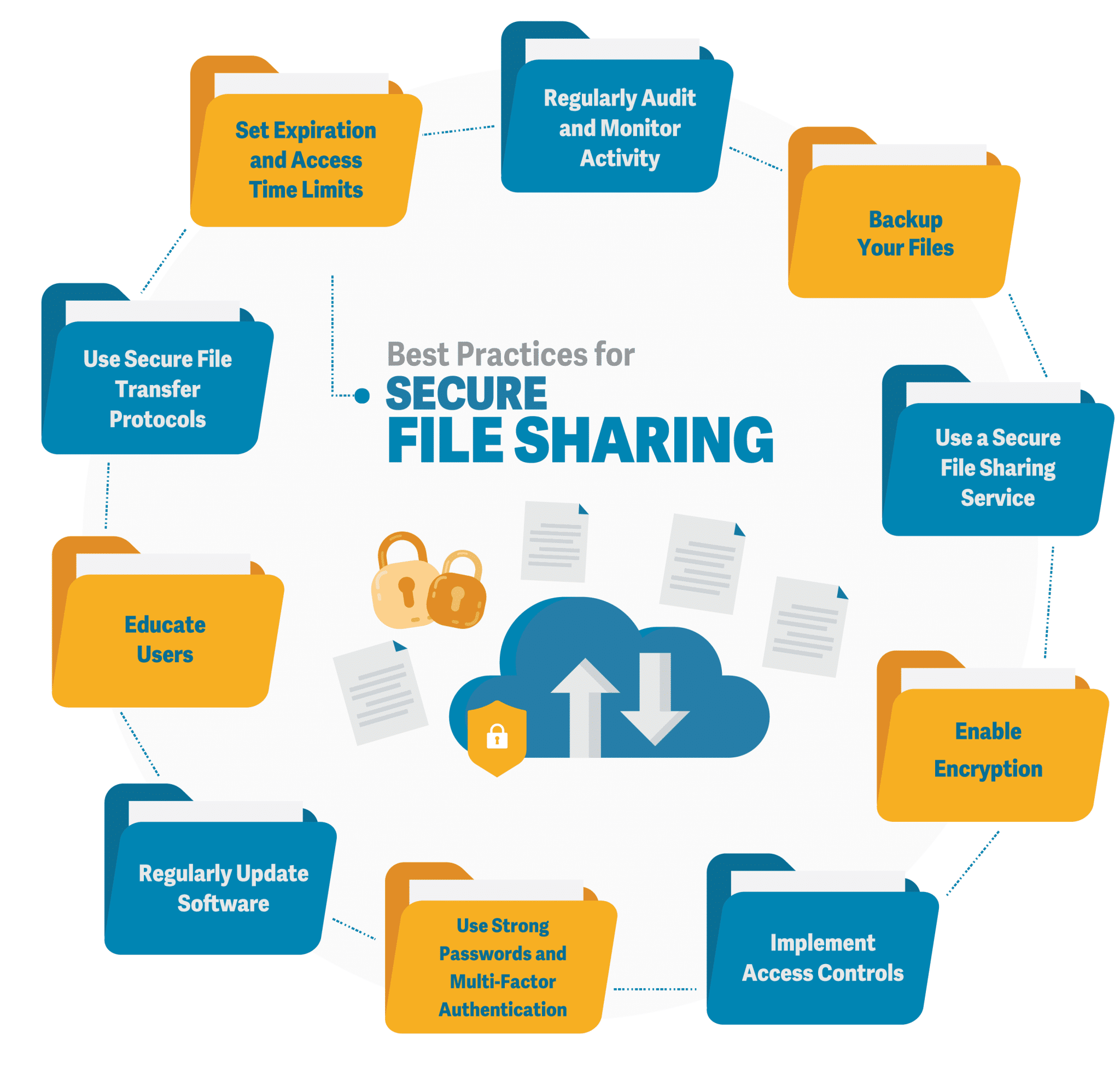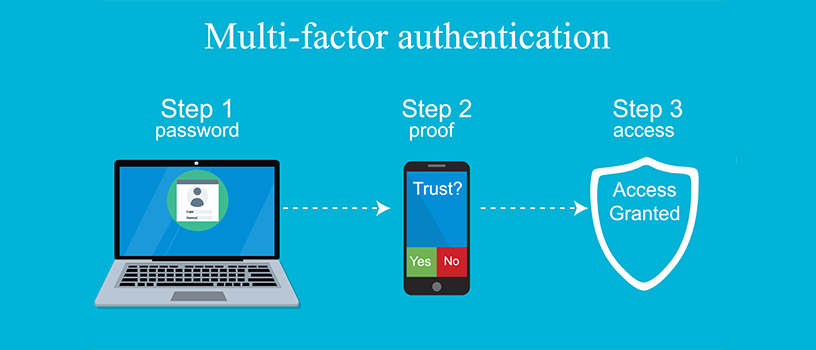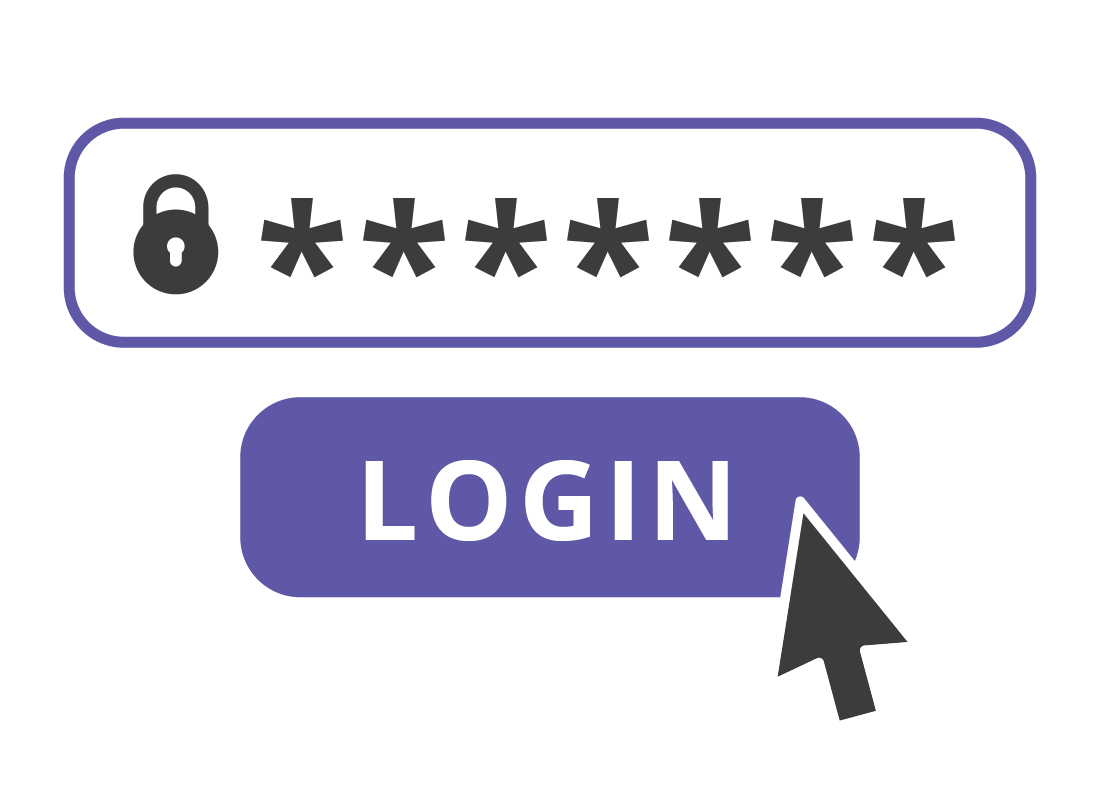In today’s digital world, data breaches happen far too often. Hackers target online accounts to steal passwords, financial data, and personal details that can be used for identity theft. That’s why learning how to monitor your online accounts for breaches is an essential step toward protecting your digital identity.
This guide will show you the best practices, tools, and strategies to stay alert and secure.
Why Monitoring for Data Breaches Matters
Every time you create a new account—whether it’s for shopping, banking, or social media—you’re sharing valuable personal information. If a company suffers a security breach, your data could end up on the dark web. Without proper monitoring, you may not even know your accounts are compromised until it’s too late.
Consequences of ignoring breaches include:
- Unauthorized account access (hackers logging in as you)
- Identity theft and fraud
- Financial loss
- Spam and phishing attacks
Being proactive helps minimize damage and lets you take immediate action.
1. Use Data Breach Monitoring Tools
One of the easiest ways to monitor your accounts is by using a data breach notification service. These tools scan leaked databases to see if your email or password has been exposed.
Popular options include:
- Have I Been Pwned (HIBP) – Free, easy to use, and widely trusted.
- Google Account Password Checkup – Built into Chrome and your Google account.
- Firefox Monitor – Alerts you if your email shows up in a known breach.
- Credit monitoring services – Some banks and security providers include dark web monitoring.
2. Set Up Alerts for Suspicious Activity
Most online platforms offer account activity logs and security alerts. Make sure to:
- Enable login notifications via email or SMS.
- Turn on two-factor authentication (2FA) for an added layer of protection.
- Regularly check for unfamiliar devices or unusual login locations in your account settings.
3. Practice Smart Password Management
Strong password habits reduce your risk of being hacked—even if a breach occurs. Follow these tips:
- Use a unique password for every account.
- Rely on a password manager like LastPass, 1Password, or Bitwarden.
- Change compromised passwords immediately after receiving an alert.
- Avoid reusing old or simple passwords.
4. Monitor Your Financial and Personal Data
Hackers don’t just want your email—they want access to your finances and identity. Stay vigilant by:
- Checking your bank and credit card statements regularly.
- Using free credit report services to spot unauthorized activity.
- Setting up fraud alerts with credit bureaus if you suspect a breach.
5. Stay Educated About Cybersecurity
Knowledge is one of your best defenses. Keep up to date on:
- Recent data breaches reported in the news.
- Phishing scams and how to recognize them.
- Cybersecurity best practices, like avoiding public Wi-Fi for sensitive logins.
Final Thoughts
Data breaches aren’t going away, but you can minimize your risk by taking proactive steps. By using monitoring tools, enabling security alerts, and practicing strong password management, you’ll greatly reduce the chances of hackers misusing your information.
Start today: run your email through a trusted breach monitoring tool and secure any accounts that show up. Protecting your online identity is an ongoing effort—but it’s worth it for your safety and peace of mind.



